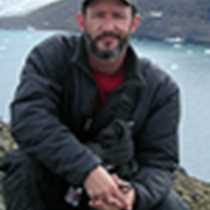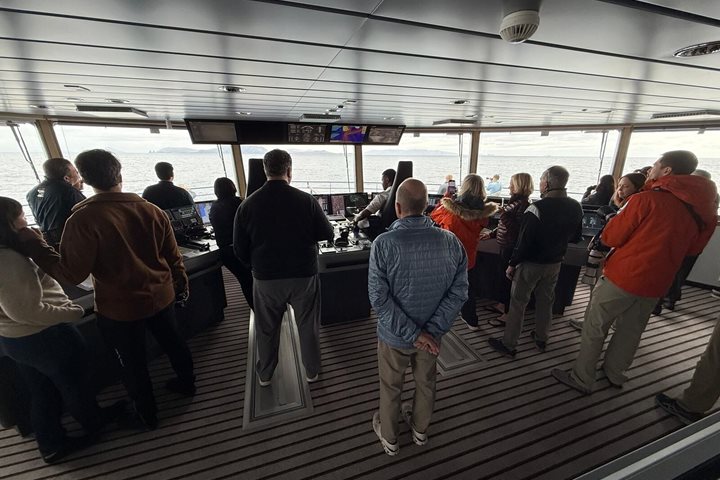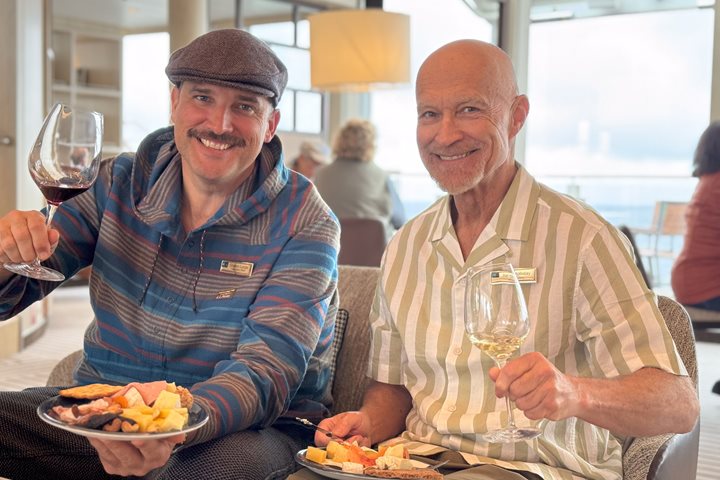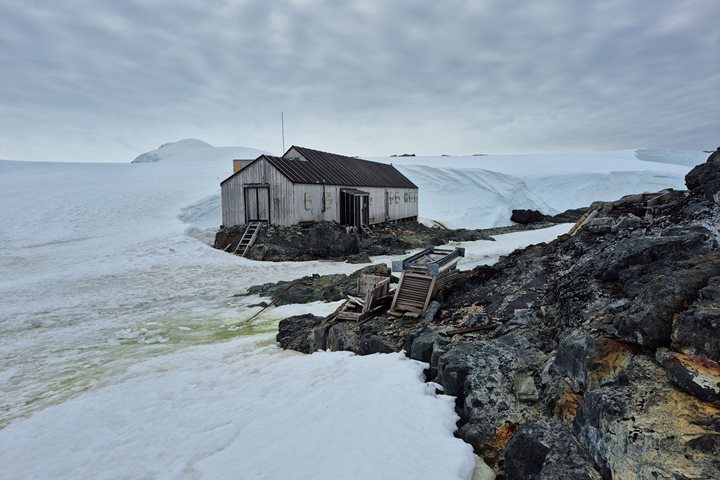A voyage to Antarctica is complex in its planning and execution. Weather, ice conditions, and wildlife sightings all contribute to or can complicate an expedition. During these past 10 days, our expedition to the Antarctica Peninsula was a great success as we visited different areas, encountered amazing sights, and enjoyed wonderful experiences. We began in the South Shetland Islands, some of the youngest islands off the coast of Antarctica, then ventured into the Weddell Sea, the cold and dry side of the peninsula. From there we moved south to the wetter-snowier side and found amazing fast ice or sea ice attached to land that we were actually able to walk on and kayak from. National Geographic Explorer then went further south to seek out more incredible scenery in the Lemaire Channel only to be pushed back by the large amounts of ice just south of the channel. Our island and water navigation the next few days was fruitful with penguin colonies and whale sightings. From there we came back across the Drake Passage and into the Beagle Channel made famous by Darwin’s voyage on the channel’s namesake. We were able to view Cape Horn where the Pacific and Atlantic Oceans meet. Then it was an easy passage to back from where we started in Ushuaia, Argentina. The guests on our expedition have different motivations for traveling to the Great White Continent—some come for wildlife viewing, others to see their seventh continent, still others for the ice. One of our companions was on a family pilgrimage to honor another family member who had dreamt of visiting this singular place. Her message reminds us of the distilled truth that is inspired by places of wonder and beauty.
2/28/2025
Read
National Geographic Resolution
Northbound Drake Passage, Cape Horn, and the Beagle Channel
This morning, we had a later start than usual after a late night enjoying the crew show. Our galley team gifted us with a fulfilling brunch. We then had a brilliant forum about climate change with the participation of our panel of experts onboard. Afterward, our expedition leader called us to the bow to see Cape Horn, which was only a few miles ahead. The good weather allowed us to have a smooth and fast crossing, allowing extra time to swing by Cape Horn, the most southern tip of the Americas. Over the PA system, Steven provided a very interesting description of the historical importance of this area, then Pablo read a beautiful poem, a memorial to the seaman lost at sea. We could see the monument in the distance, two metal sheets that depict an albatross in flight. During the afternoon, we enjoyed Madalena’s presentation about Women in Antarctica. This was an incredible voyage through the struggles and delays of allowing women to participate in science and logistics in Antarctica. We entered the Beagle Channel around 17:00 and we encountered black-browed albatrosses, cormorants, dolphins, and whales. On our final approach to the beautiful city of Ushuaia, we passed by Les Eclaireurs Lighthouse and some of the seals that live in the Bridges Islands Archipelago.







